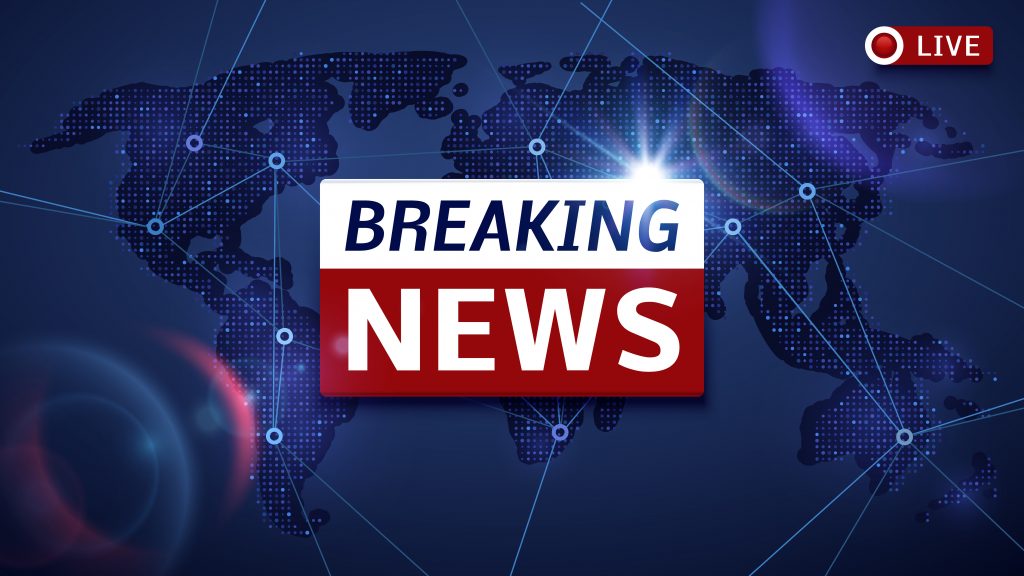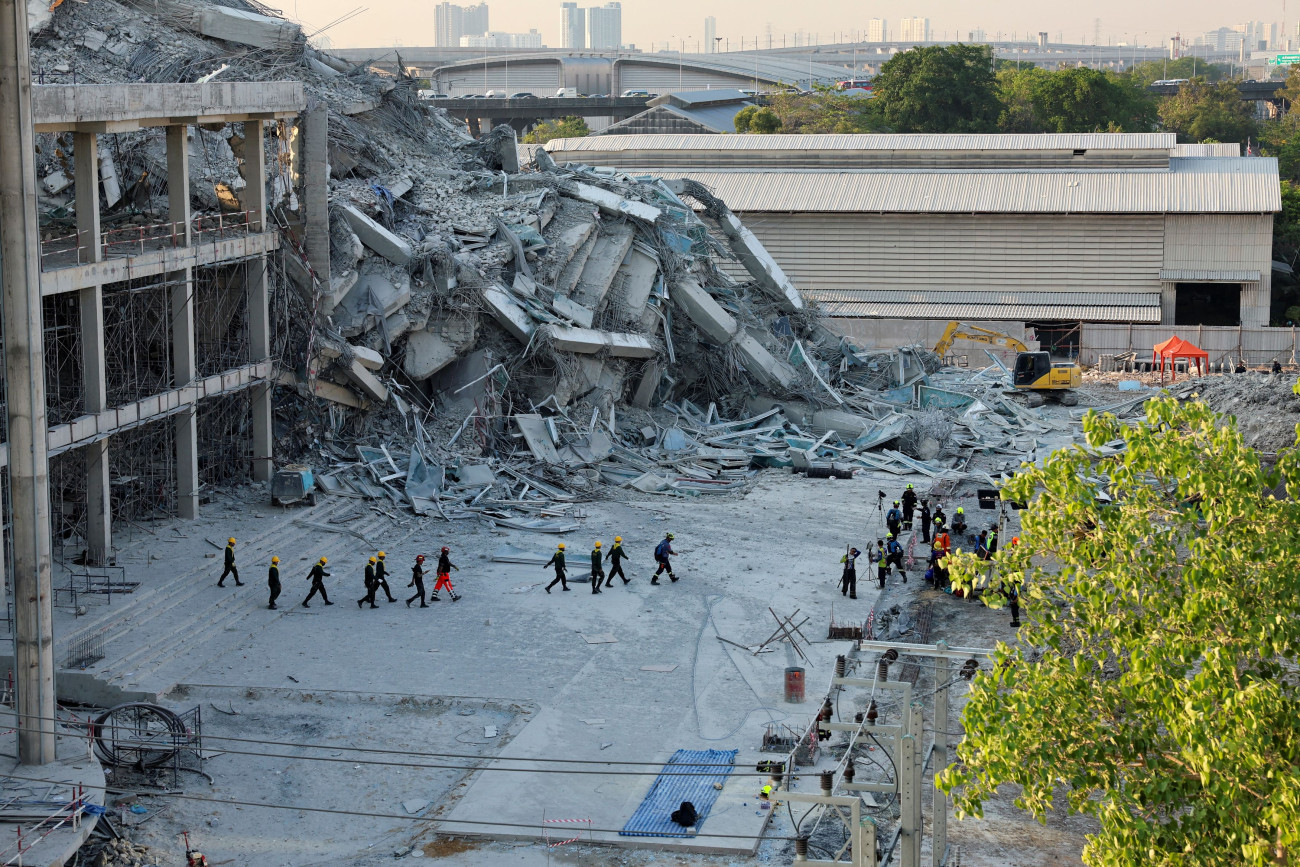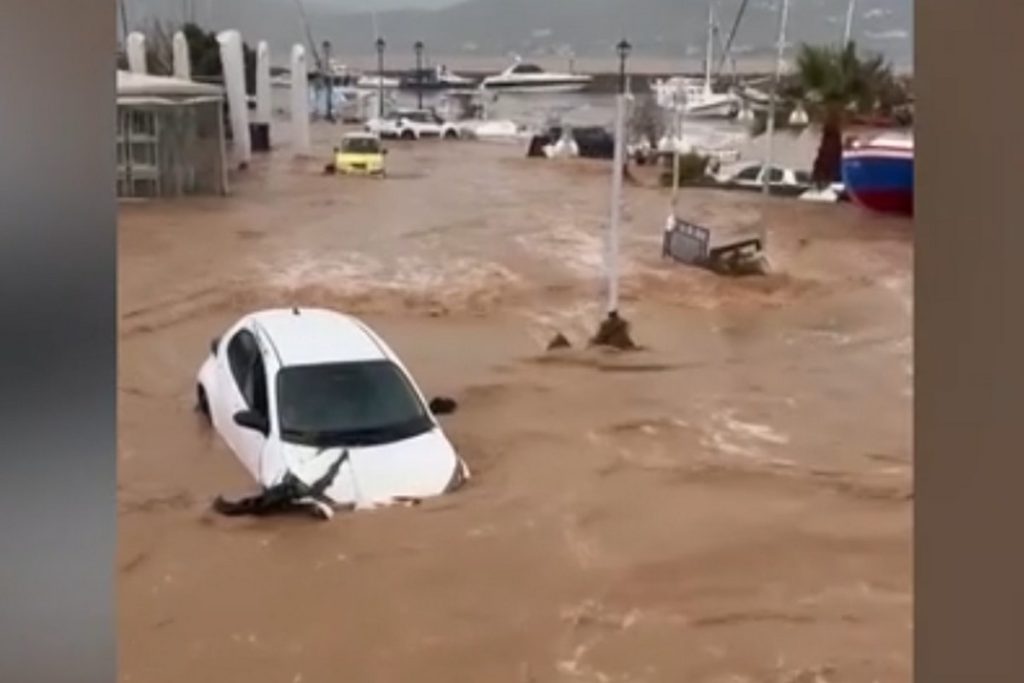There are fears that the death toll of the 7.7 magnitude earthquake that hit Myanmar earlier on Friday could reach thousands. There are chaotic scenes, as the Red Cross reports building collapses and damage to public infrastructure. The United Nations has also cited initial reports of significant destruction.
The ruling military junta has yet to officially announce a death toll, and information is being released sparingly. However, a rescuer told the BBC that the number of casualties is in the hundreds.
“The damage is immense. The death toll is also quite high. That is all we can say at this moment, as rescue efforts are still ongoing. The exact number of victims remains unknown, but it is at least in the hundreds,” said a member of the rescue team in Mandalay, a city near the earthquake’s epicenter.
Seismic activity continues in the area, with residents reporting to the BBC that the sound of ambulance sirens is constant.
The force of the quake was so intense that it impacted Bangkok in neighboring Thailand and was also felt in parts of China and India.
A regime official told international media that hospitals are dealing with a large number of casualties but did not provide further details.
In a rare move, Myanmar’s military junta has issued an appeal for international assistance, underscoring the severity of the crisis.
In its only public statement so far, issued via Telegram, the junta said that “the state will quickly assess the situation and conduct rescue operations alongside humanitarian aid efforts.” Six areas where buildings have collapsed have been placed under a state of emergency.
According to Reuters, at least three people were killed when a mosque partially collapsed in the town of Taungoo in Myanmar’s Bago region. At least two others lost their lives, and 20 more remain trapped following the collapse of a hotel in Aungban.
Images emerging from Myanmar depict roads split in two, fallen buildings, and the collapse of a major historic bridge. However, tight media controls and internet restrictions in the country make it difficult for information to reach the outside world. International news organizations also face challenges in verifying the authenticity of the few videos circulating on social media.




